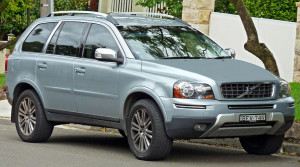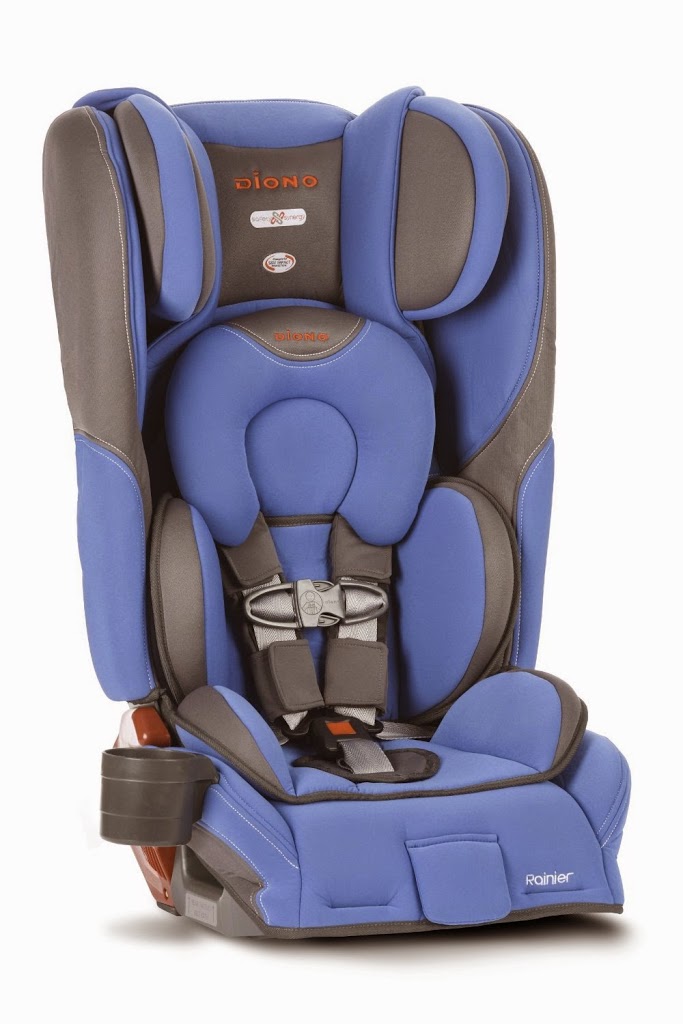
Diono has been in the business of making high quality car seats for decades, and I’ve had the pleasure of reviewing some of the safest seats available for children in this country, including the Diono Radian RXT, which directly inspired the Rainier. This review focuses on the Diono Rainier, one of 8 car seats currently available in the US market with the capability of rear-facing children from birth until 50 pounds (the full list includes the Clek Fllo, the Clek Foonf, the Diono Rainier, the Graco Extend2Fit, the Graco Extend2Fit 3-in-1, the Graco 4Ever Extend2Fit, the Nuna Rava, the Safety 1st Advance EX 65 Air+, and the Safety 1st Grow and Go EX Air.).
2020 update: The Rainer has now been updated as the Rainier 2AX. It’s basically the same seat with new colors, and still offers the same 50-pound rear-facing goodness!
2018 update: The Rainier, as well as all other Diono convertibles, were recalled in late 2017 by Diono and new versions were released addressing a potential safety issue involving top tethers. Every seat manufactured from October 2017 onward has been modified to resolve the issue, and the seat continues to be a high-value option for safety-conscious parents.
The Rainier is still basically the same seat since its release; weight and height limits haven’t changed, although fabrics have been tweaked slightly. It’s still one of the best seats on the market for extended rear-facing.
Diono Rainier – What’s the big deal?
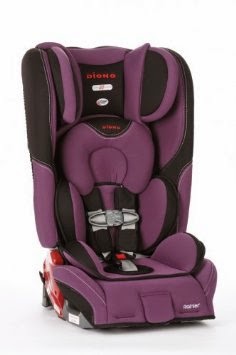 The Diono Rainier continues a tradition of narrow, high-weight car seats that makes this one of the most impressive seats on the market. It’s a convertible car seat, which means it can be used in several configurations, including as a rear-facing infant seat, a forward-facing seat, and of course, as a booster. Released in May 2014 alongside its high weight sibling the (now discontinued) Pacifica, the Rainier is a car seat that should be on every parent’s shopping list.
The Diono Rainier continues a tradition of narrow, high-weight car seats that makes this one of the most impressive seats on the market. It’s a convertible car seat, which means it can be used in several configurations, including as a rear-facing infant seat, a forward-facing seat, and of course, as a booster. Released in May 2014 alongside its high weight sibling the (now discontinued) Pacifica, the Rainier is a car seat that should be on every parent’s shopping list.
Diono Rainier Limits for Weight and Height
Rear-facing: 5-50 pounds, and up to 44″ in height. Your child’s head should not reach past 1.5″ below the top of the headrest. I measure the shell height at 25″ again, which is consistent with previous Dionos and which makes sense since the general height limit by Diono remains unchanged from that of previous models.
Forward-facing: 20-90 pounds, and up to 57″ in height. Your child should be at least 1, and it’s recommended that s/he is at least 2. Of course, research into car safety indicates children should remain rear-facing for as long as possible (the average is 4 years in Sweden, which posts the lowest child fatality rate on Earth), and after rear-facing, the child should remain forward-facing as long as possible.
Booster mode: 50-120 pounds, and up to 57″ in height. As with the previous Radian line, the shoulders of the child must at least reach the 4th pair of harness slots. Remember that children should remain in booster seats until their seat belts fit them over the shoulder, across the chest, and flat on the upper thighs. This is summarized nicely here in the guide to the 5 step test.
Buy the Diono Rainier 2AX on Sale with free shipping at Amazon.
Dimensions of the Diono Rainier
The seat is 18.5″ wide at its widest point, which is at the shoulders. Keep in mind that this might make puzzling more difficult for 3 across installations with other tall seats. The seat weighs 25 pounds. Inside, it is around 14″ wide at the widest upper portion at the shoulders and slightly larger at the thighs.
Using the Diono Rainier
The seat arrives folded nicely in a box that seems well designed for it, which makes sense when one considers that the seat takes up almost exactly the same amount of space as its ancestor, the Radian RXT. I was getting ready for a difficult installation, but it turns out that Diono has worked to simplify the process, which was a welcome surprise. The full manual is available from Diono here.
LATCH and Seat Belt Installations
You might need to adjust the straps out of the box, but the learning curve is gentle. Depending on the size of your child, you might keep or remove the harness pads. Keep in mind that you cannot install it in the center of your vehicle with a LATCH set up unless you have dedicated LATCH hookups there; this is common to almost every car seat on the market today in the United States. This means you’ll need to use a seat belt installation along with a locking clip for a middle seat install, and this might be a bit troublesome. Also remember that you should not use the LATCH system at all if your child weighs more than 35 pounds when rear-facing or more than 40 pounds when forward-facing. Personally, I prefer the seat belt install anyway, as it gives a lot more space for 3 across installations. Also note that when you’re forward-facing and past 40 pounds, you should also use a tether if you have an anchor available.
Harness Adjustments Require Rethreading
There are 5 shoulder harness positions that range from 9″ on the low end to 17.5″ on the high end. The recline base must be used when the seat is in a rear-facing position. Because there are 5 different slots for harness height, most children are going to find a position that fits them comfortably for as long as they use the seat. You adjust the harness height from behind the seat by removing straps from the splitting plate and rethreading them into the desired slot. If your child is rear-facing, the slots need to be at or below the shoulders, while they need to be above for forward-facing. Diono is unique in that they do allow you to have forward-facing children with shoulders above the top shoulder harness slots as long as these children stay within the forward-facing weight limit and have the tops of their ears below the top of the car seat.
Use the Angle Adjuster to Reduce Front-to-Back Space
There is an angle adjuster that is frequently sold alongside the Diono line, as it helps cut down on the extremely large amount of space that the seat can take up when used in the rear-facing configuration. Depending on the size of your vehicle and the amount of space you need in the front seats, you may want to consider purchasing this. This is likely to be the case if you set the seat up directly behind the passenger or driver seats in the first row. Diono used to state that a child needed to be at least one year old before s/he could use it, but they recently relaxed this requirement and stated that a child simply needs to be able to sit up unassisted and have complete head control. Of course, it’s only meant for rear-facing, but it really does make the seat take up a lot less space; typically between 4 and 7 inches in my experience front to back. Perhaps more importantly for most parents, it can give you many more inches of leg room when sitting in the front.
The Diono Rainier has a Low Profile
The seat itself takes up a low profile, the way previous Diono seats do, although the sides of the seat flare out in a more dramatic way than with previous Diono seats like the Radian RXT. That said, it looks rather large in most vehicles, to be honest. The low side walls make it easier to put children in and take them out of the seat, but it’s not as easy as with the older Dionos, which were truly low profile seats. Preschool-aged children should be able to climb into and out of the seat on their own, even while rear-facing.
Buy the Diono Rainier 2AX on Sale with free shipping at Amazon.
Why Buy the Diono Rainier?
This is the meat and potatoes of this car seat. The Rainier is one of a handful of seats in the United States that allow you to rear-face a child for up to 50 pounds. Every pound is precious, as the longer you rear-face, the safer your child is. In the US, parents tend to turn their children around into the line of fire at 1. In Sweden, this typically isn’t done until 4. Children in Sweden are far less likely to die in car crashes than children in the US. It makes that much of a difference. This alone is reason enough to buy the Rainier.
Besides that fact, the Rainier also includes a steel frame and an aluminum reinforced headrest for reinforced head support, in addition to EPS foam around the child’s head and body to increase levels of side impact protection. The sidewalls are also deeper than in previous Diono models, including its Pacifica sibling, to increase side protection. All of these are good things.
Something that sets the Rainier (and the Pacifica) apart from every other car seat is that they have the largest forward-facing capacity of any 5-point harness car seat currently sold in the United States at 20-90 pounds with up to 57″ of height. Each transition in child seats signifies a decrease in safety (e.g., rear-facing is safer than forward-facing, which is safer than a booster position, which is safer than simply using a seat belt); the longer you can keep a child forward-facing in a harness, the better. The Rainier now leads the field here.
It’s taxi, Uber, and vacation friendly due to its narrowness and collapsability
Something else that’s neat about the Rainier is that it’s one of only a handful of seats in the United States that can currently be tethered while rear-facing as well as while forward-facing. It isn’t required to rear-face tether, but rear-facing tethering does have its advantages, which I discuss here. It’s also FAA approved and can be folded down to the size and profile of a large backpack, making it easy to transport in a portable package (say, when traveling or when going to the airport). This can prevent you from being tempted to rent car seats while on vacation or travel in taxis and Ubers without car seats (two bad ideas).
Finally, the Rainier is also simply an easier seat to install than most, due to its narrow base width of 17 inches. That means it’s actually possible to install 3 across in a number of mid-sized vehicles. I also like the fact that it has a 12-year usable life when used as a booster seat (remember, car seats do expire eventually), which is the longest in the industry right now, although I wish the harness lifespan were longer than 8 years.
The Rainier is an excellent car seat and, in my opinion, one of the eight best currently available in the United States for children between zero and five. You can buy the Diono Rainier 2AX in a range of colors here. Canadians can buy the Rainier here.
 If you find my information on best practices in car and car seat safety helpful, you can do your shopping through this Amazon link. Canadians can shop here for Canadian purchases. Have a question or want to discuss best practices? Join us in the forums!
If you find my information on best practices in car and car seat safety helpful, you can do your shopping through this Amazon link. Canadians can shop here for Canadian purchases. Have a question or want to discuss best practices? Join us in the forums!

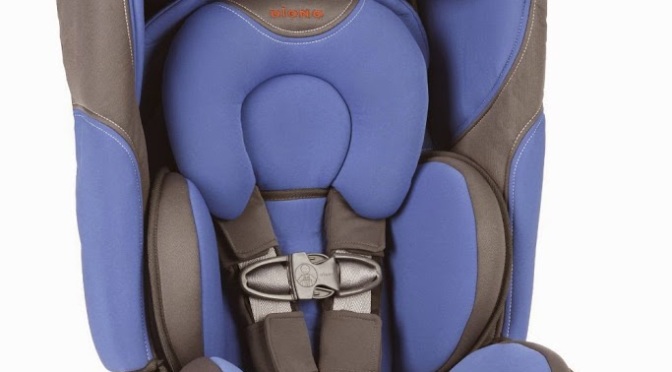
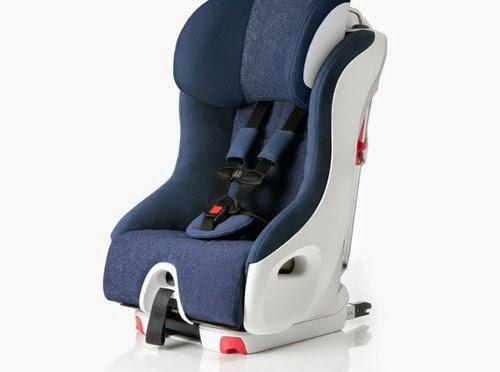
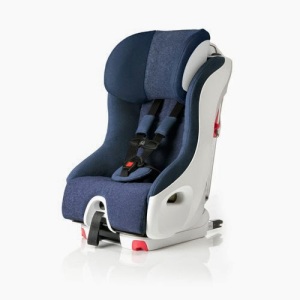
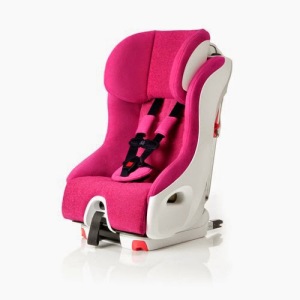
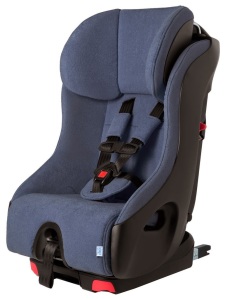
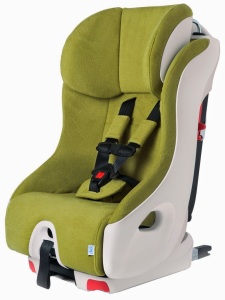
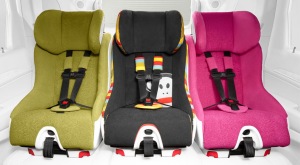
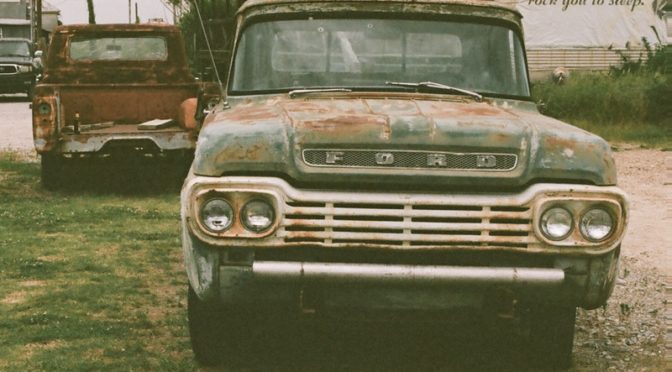
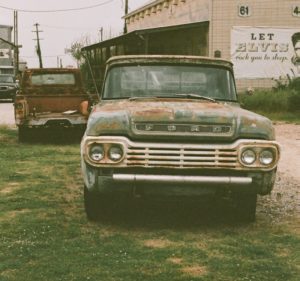 Who:
Who:
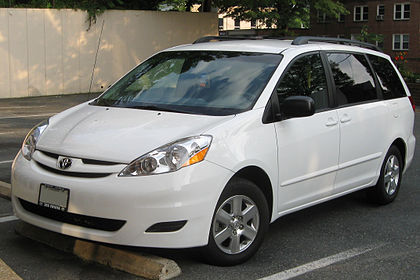
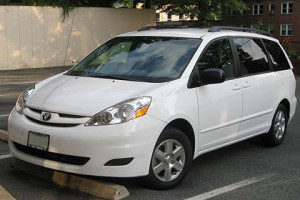 2008+ Toyota Sienna
2008+ Toyota Sienna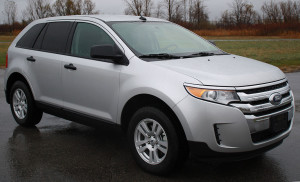 2007+ Ford Edge (AWD)
2007+ Ford Edge (AWD)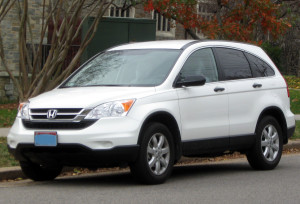
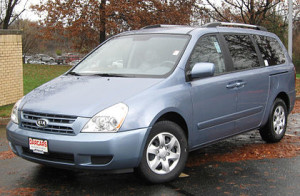 2006 Kia Sedona
2006 Kia Sedona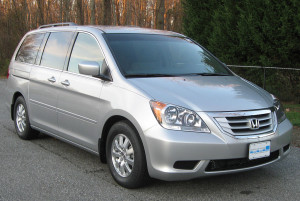 2005+ Honda Odyssey
2005+ Honda Odyssey